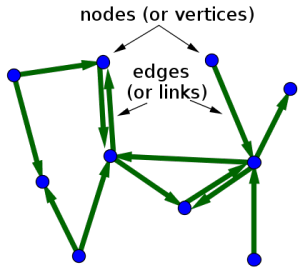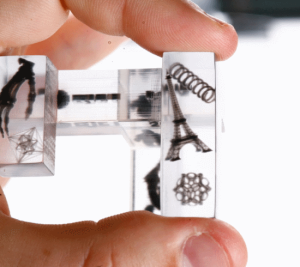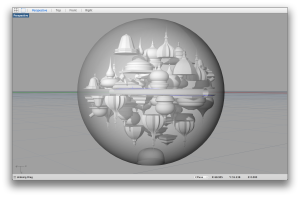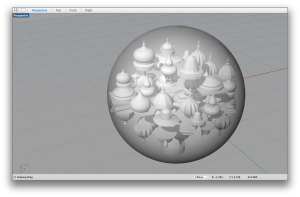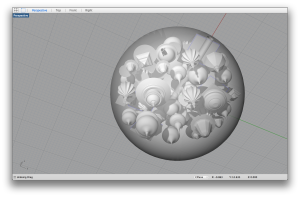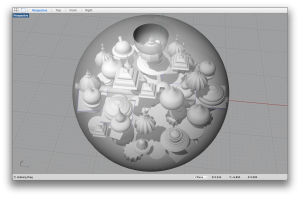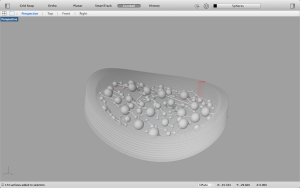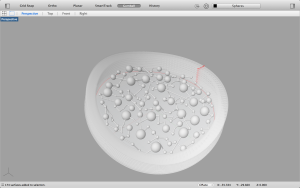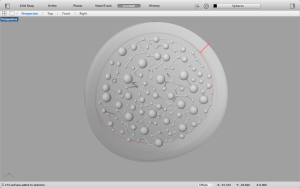For my primary project in Sculpting Data into Everyday Objects with Esther Cheung and Scott Leinweber, Joanna Wrzaszczyk and I will be creating a lamp to visualize the traveling salesman problem between a set of cities that Italo Calvino described in Invisible Cities.
This project began with a personal fascination I have with graph data. A graph is a mathematical diagram of connections between various vertices (a.k.a. nodes) and edges (a.k.a.). They can be directed (meaning the edges point in specific directions) or undirected, and generally look like this:
Graphs are widely applicable data structures, relevant to a broad range of fields. The traveling salesman problem (TSP), in its classical form, involves a set of cities along with data comprising the distance from each city to every other city. Given a salesman who starts in any given city, what is the optimal path for the salesman to take in order to visit every city once and return to the city from which s/he began?
The lamp Joanna and I are designing will be a three-dimensional set of vertices, each a 3D printed city designed according to the specifications of one of Calvino’s Invisible Cities. The cities/vertices will be connected with light pipe, connected to LEDs, that will visualize a computer algorithm (likely running on an Arduino or Raspberry Pi) solving the traveling salesman problem in real time between the cities.
We plan to print our cities on the Connex500 printer at NYU AMS as intricate white or black structures embedded inside clear plastic. The Connex500 can make prints like this:
We plan to make our cities inside spheres. I designed the first one based on the first city in the book, described here:
Leaving there and proceeding for three days toward
the east, you reach Diomira, a city with sixty silver
domes, bronze statues of all the gods, streets paved
with lead, a crystal theater, a golden cock that crows
each morning on a tower. All these beauties will already
be familiar to the visitor, who has seen them
also in other cities. But the special quality of this
city for the man who arrives there on a September
evening, when the days are growing shorter and the
multicolored lamps are lighted all at once at the
doors of the food stalls and from a terrace a woman’s
voice cries ooh!, is that he feels envy toward those
who now believe they have once before lived an evening
identical to this and who think they were
happy, that time.
I focused on the description of “sixty silver domes” and made this in Rhino:
The model of a 4cm-diameter sphere contains two holes: one on the top for an LED or light pipe connection, and one going all the way through to hang the city inside a clear outer enclosure.
Before creating the city above, I created another object in Rhino, representative of what I hope we can achieve with the lamp as a whole:
